Everyone fears the dreaded rotator cuff tear. It is understandable why – the dreaded shoulder pain with every movement, problems sleeping through the night, and a complete inability to use the arm for some. These shoulder injuries seem to strike out of the blue. However, this relatively common injury occurs as an accumulation of more miniature dominoes.
 The Problem
The Problem
Your rotator cuff is a grouping of four muscles that help to move the shoulder and arm. Strains and injuries to the rotator cuff account for 4.5 million healthcare visits annually and are the most common cause of shoulder problems.1
Only 10% of rotator cuff tears occur from an acute injury like falling on an arm. The remaining injuries happen in a much slower but predictable cycle.2
We can trace most shoulder injuries along a spectrum, from faulty shoulder mechanics to impingement of shoulder structures, followed by shearing and tearing of the rotator cuff muscles. We cover those below:
Scapular Dyskinesis
Your shoulder blade has a total of SEVENTEEN muscles that attach to it! These muscles traverse from the shoulder blade to the neck, the spine, the arm, or the ribs. In a healthy and stable spine, these muscles are an orchestra of contraction to pull the shoulder in a coordinated, healthy, and stable way. Disruption of this normal rhythm of the shoulder blade creates abnormal strain on the shoulder and rotator cuff, called scapular dyskinesis.
Impingement Syndrome
As scapular dyskinesia progresses, it begins to crowd the area of your shoulder where your rotator cuff tendons live. This crowding creates a painful pinching, or impingement, of your tendons or bursa each time you reach overhead or behind your back. 3
Rotator Cuff Tendinopathy
While the initial pinching of the tendon can cause an acute inflammatory condition of swelling (tendonitis), long-standing impingement leads to a lack of blood flow. This tendon begins to degenerate and become weaker (tendinopathy). Think of this chronic condition as a strand of beef jerky. The muscle loses its elastic capabilities and runs a much higher risk of tearing. 4
Rotator Cuff Tears
Over time, the repetitively impinged and degenerated tendons fray and tear. A rotator cuff tear progresses like a dried-out rope is damaged by repetitively being struck by a dull stone. The tears will be smaller sets of fiber at a time.
- A partial tear means that one side of your tendon is partially frayed
- A full-thickness tear describes a slit or buttonhole in your tendon, much like what would be created by running a knife length-wise down a rope
- A rupture is the most serious of injuries because your tendon has been torn into two pieces
Do I need Surgery?
While young patients who have suffered an acute tear or rupture may require surgery, most others will benefit from conservative treatments, like that provided by a chiropractor.
Multiple studies have shown no advantage for surgery vs. conservative care for rotator cuff tears. One large study summarized the current consensus on uncomplicated tears:
“[Surgery] may provide little or no clinically important benefits concerning pain, function, overall quality of life or… treatment success compared to non-operative treatment.”5
Conservative care should be the first choice for most rotator cuff tears.6
Non-surgical management of partial-thickness and chronic full-thickness tears yields good outcomes that rival or surpass surgical results.
We’ve included a video by our partners at ChiroUp explaining the above.
Whether seeking relief from chronic pain or simply aiming for optimal health, your Livonia chiropractor guides you every step of the way. Contact our office to schedule an appointment by Clicking Here or giving us a call today: 734-427-6333
References
- Oh LS, Wolf BR, Hall MP, Levy BA, Marx RG. Indications for rotator cuff repair: a systematic review. Clinical Orthopaedics and Related Research. 2007 Feb 1;455:52-63.
- Kibler WB. Rehabilitation of rotator cuff tendinopathy. Clinics in Sports Medicine. 2003 Oct 1;22(4):837-47
- Kozono N, et al. Dynamic scapulohumeral rhythm: Comparison between healthy shoulders and those with large or massive rotator cuff tear. Journal of Orthopaedic Surgery. 2020 Dec 22;28(3)2309499020981779
- Yadav H, Nho S, Romeo A, MacGillvray JD. Rotator cuff tears: pathology and repair. Knee surgery, sports traumatology, arthroscopy. 2009 Apr 1;17(4):409-21
- Karjalainen TV, et al. Surgery for rotator cuff tears. Cochrane Database of Systematic Reviews. 2019(12)
- Edwards P, et al. Exercise rehabilitation in the non-operative management of rotator cuff tears: a review of the literature. International journal of sports physical therapy. 2016 Apr;11(2):279

